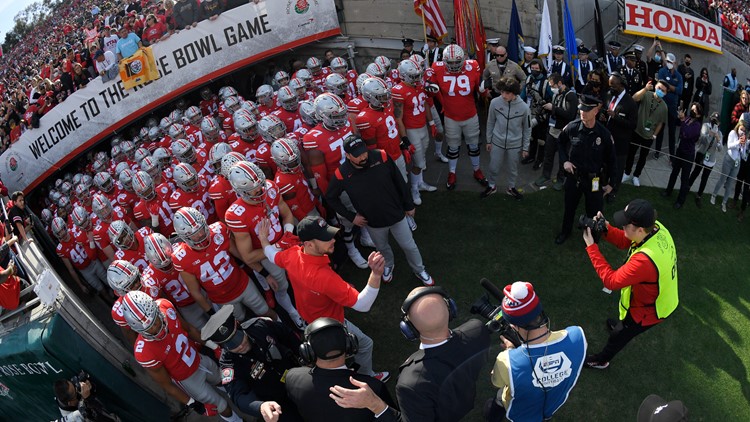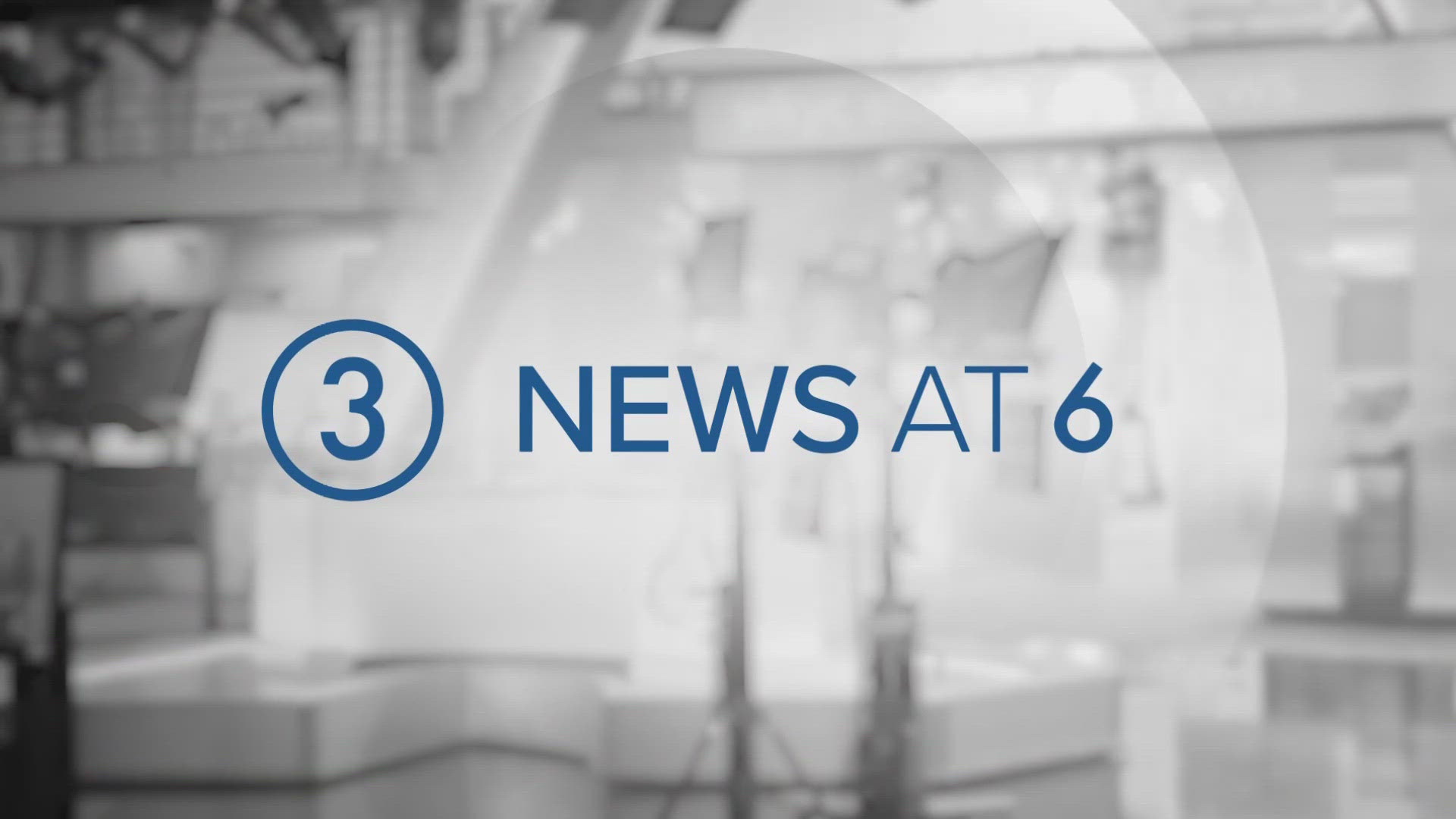COLUMBUS, Ohio — The Ohio State Department of Athletics announced updates to its Name, Image and Likeness guidelines and the creation of the NIL Edge Team that will be tasked with helping student-athletes with NIL opportunities.
Carey Hoyt, Ohio State senior associate athletics director and primary administrator for Ohio State’s NIL programs, said they are updating the school's guidelines to allow for the Edge Team to assist in connecting and coordinating these activities.
According to the athletic department, the NIL Edge Team is an internal advisory group who can assist with access and resources to pursue NIL opportunities. The team can work with companies and brands to assist in the process and have the flexibility to monitor and adapt to changing guidelines and legislation.
“Our guidelines were initially created to be restrictive, but now that we have a better understanding of NIL, it’s clear that we can provide more assistance in connecting student-athletes with interested brands. By allowing some OSU staff to interact with the brands and to educate and answer questions, we can eliminate hesitancy from brands, and donors, who were concerned about breaking rules.”
A total of 220 student-athletes have engaged in 608 reported NIL activities with a total compensation value of $2.98 million in the last six months, according to the athletic department. All three figures rank No. 1 nationally, according to Opendorse.
“The Department of Athletics was focused primarily on protective education and personal brand management during the initial six months of NIL,” the department of athletics said in a release. “The ever-changing landscape, including the emergence of donor-led collectives, has created the need to have a dedicated internal team that can directly assist student-athletes as they continue to monitor the NIL landscape.”
The new guidelines will designate operations directors from most of the university’s 36 varsity sports who will be educated and tasked as point-of-contacts for their sports.
“We have watched national trends and we are learning from the emerging NIL collectives,” Hoyt said. “Every state and every institution has its own set of NIL rules or guidelines. Updating our NIL guidelines at this time is what we needed to do to stay competitive in this ultra-competitive landscape.”



